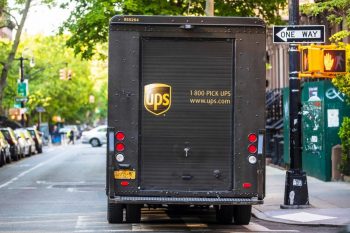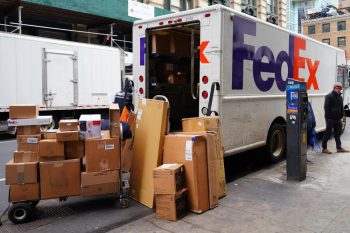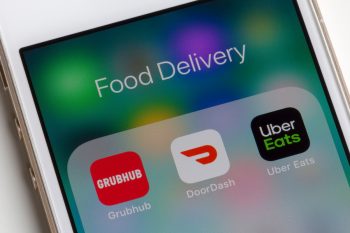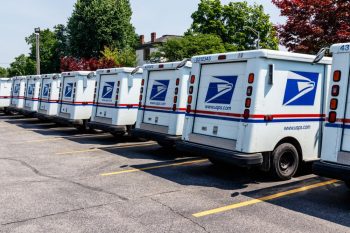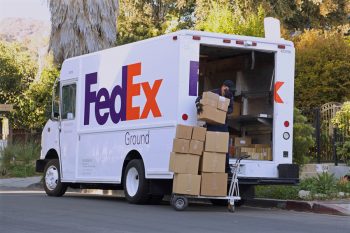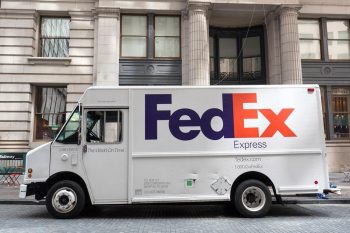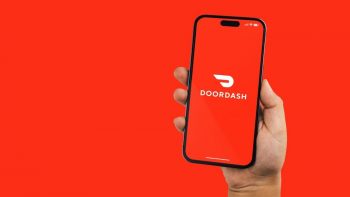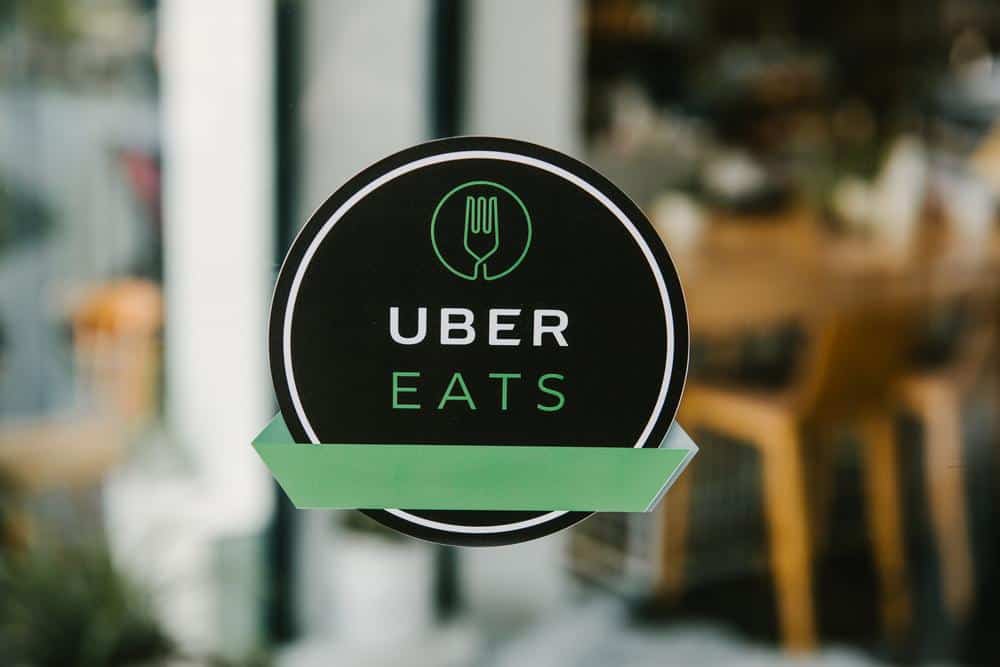
As an Uber Eats driver, you may have asked yourself, “Why does Uber Eats need my insurance?” The answer has to do with legal requirements, protection for drivers and customers, and ensuring coverage in case of accidents or damages while using the app. Understanding the specifics of this requirement can help you navigate your role as a driver and ensure you’re adequately protected.
Uber Eats requires drivers to have insurance to meet legal requirements, protect drivers and customers, and ensure coverage in case of accidents or damages while using the app. When the app is on, Uber Eats provides additional insurance coverage. However, this coverage does not include your injuries or vehicle damage in most states, so you may need additional rideshare or delivery insurance. The specific requirements may vary depending on your country or region.
Legal Requirements
Firstly, it’s important to know that having personal auto insurance is a legal requirement for all drivers. This insurance must meet your state’s mandated minimums. This personal insurance policy is necessary to cover any accidents or damages that may occur when you are not actively using the Uber Eats app.
Uber Eats’ Insurance Coverage
When the Uber Eats app is on and you’re available for deliveries, Uber Eats provides additional insurance coverage. This includes third-party liability limits of $50,000/$100,000 in bodily injury liability per person/per accident and $25,000 in property damage liability per accident. Should you be en route to and from a delivery location, Uber Eats coverage includes $1,000,000 in combined third-party liability insurance.
However, it’s crucial to note that Uber Eats insurance only provides liability coverage, which covers injuries and damage to other drivers and vehicles. It does not cover your injuries or vehicle damage in 49 states. Therefore, you may need to consider purchasing additional rideshare or delivery insurance to fill in coverage gaps and protect yourself and your vehicle while working for Uber Eats.
Verification of Insurance
Uber Eats verifies its drivers’ insurance coverage through a rigorous process. You must provide proof of valid car insurance that meets the criteria of your region, as each state in the United States has different minimum requirements for car insurance. The insurance verification service at Uber is designed to continuously track the validity of insurance coverage for drivers.
Consequences of Lack of Proper Insurance
Driving without proper insurance coverage can lead to various consequences, from fines and license suspension to vehicle impoundment and even jail time for repeat offenses. Additionally, causing an accident without insurance can lead to significant out-of-pocket costs for property damage and medical bills for all parties involved. You may also face legal consequences and increased insurance premiums in the future.
Insurance and Customer Safety
Your insurance plays a crucial role in ensuring the safety of Uber Eats customers by providing financial protection in case of accidents. Adequate insurance coverage helps minimize risks and contributes to a safer environment for all parties involved.
Regional Differences
It’s essential to note that the requirement of insurance for Uber Eats drivers varies depending on the country or region. In general, you need to have a minimum level of liability insurance, but specific requirements may differ. It is essential for you to check the specific insurance requirements and coverage provided in your country or region to ensure you have the necessary coverage while working.
Conclusion
In conclusion, Uber Eats requires drivers to have insurance to comply with legal requirements, protect drivers and customers, and ensure that drivers are covered in case of accidents or damages while using the app. Make sure to check your personal insurance policy and consider additional coverage if necessary to ensure full protection while delivering for Uber Eats.
It’s always wise to stay informed about your insurance requirements and to make sure you’re adequately covered. After all, it’s not just about complying with Uber Eats’ requirements – it’s about your peace of mind while you’re on the road.
Frequently Asked Questions
What is rideshare or delivery insurance?
Rideshare or delivery insurance is a specific type of coverage for individuals who use their personal vehicles for commercial purposes, such as delivering for Uber Eats. This insurance fills in the gaps left by personal auto insurance and the coverage provided by the company you’re driving for.
What happens if I don’t provide proof of insurance to Uber Eats?
If you fail to provide proof of insurance to Uber Eats, you will not be able to start driving for the platform. Uber Eats requires proof of valid car insurance that meets your region’s criteria before you can begin accepting deliveries.
What type of coverage does Uber Eats’ insurance provide?
Uber Eats provides third-party liability insurance when the app is on and you’re available for deliveries. This covers injuries and damage to other drivers and vehicles but does not cover your injuries or vehicle damage in 49 states. When you’re en route to and from a delivery location, the coverage includes $1,000,000 in combined third-party liability insurance.
How can I check the specific insurance requirements for Uber Eats drivers in my country or region?
You can check the specific insurance requirements for Uber Eats drivers in your country or region by visiting the Uber Eats website or contacting their customer service. They will provide you with the necessary information based on your location.
Can my personal auto insurance policy be enough to meet Uber Eats’ insurance requirement?
Your personal auto insurance may meet the minimum requirement for driving legally, but it may not cover accidents or damages that occur while you’re working for Uber Eats. Therefore, you may need to consider additional coverage such as rideshare or delivery insurance to ensure full protection.

